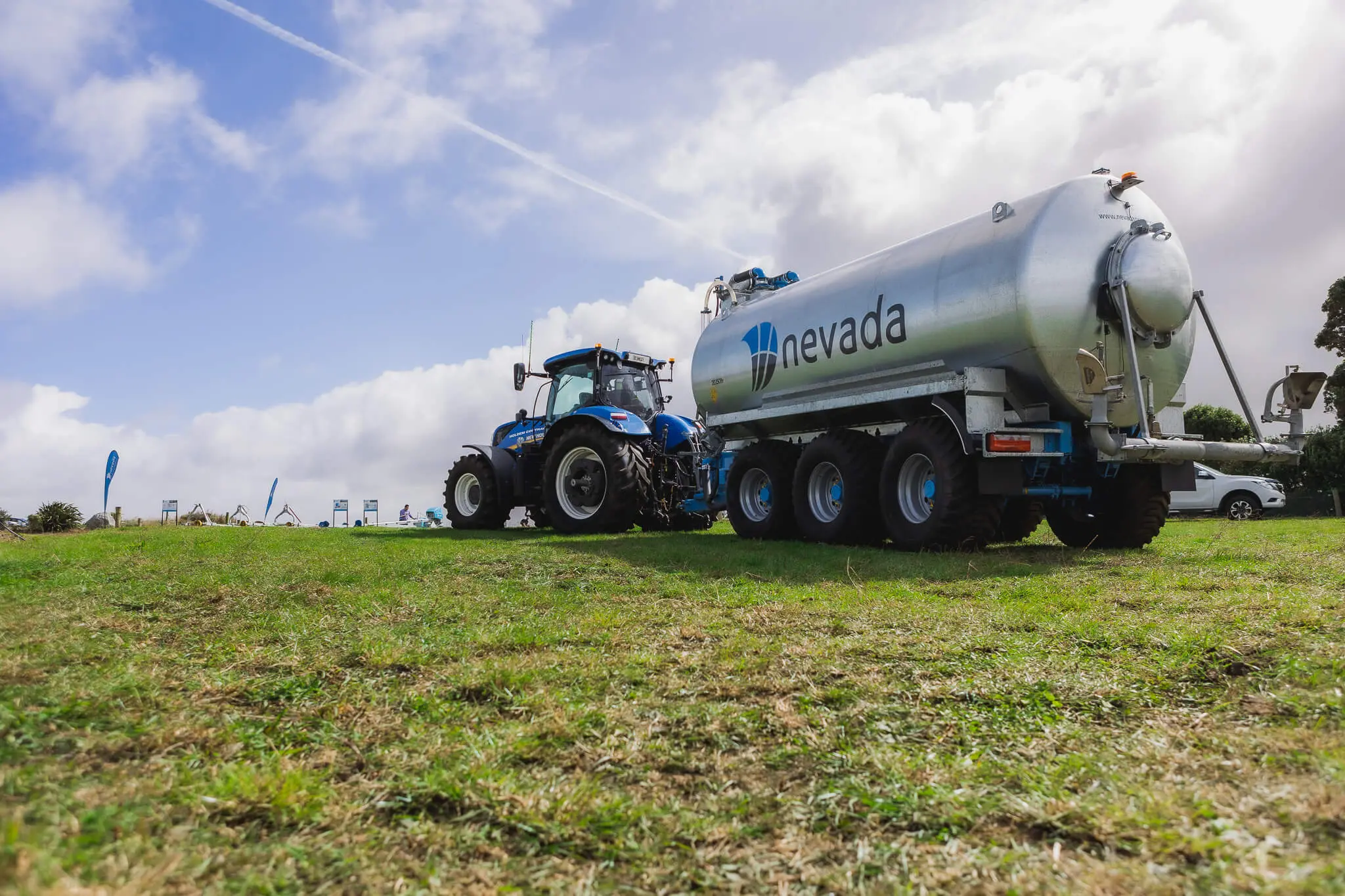How Does Soil Type Affect Effluent Application Depth and Area?
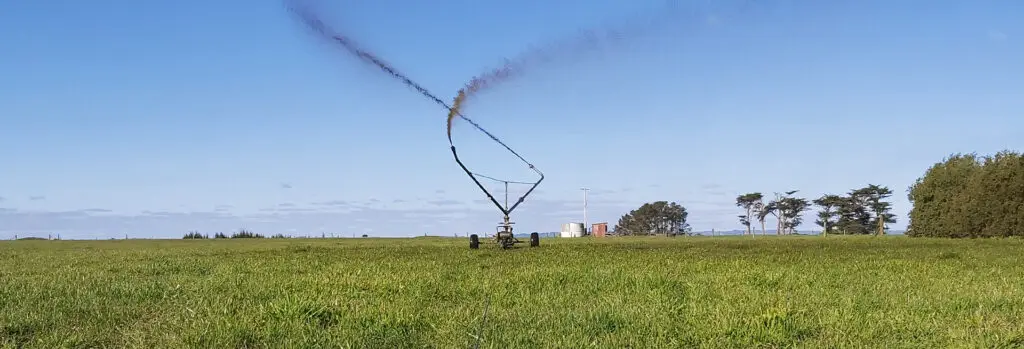
There are three key factors that affect effluent application. Those factors are: Lets take a look at the importance of number three – the type of soil on your farm and how this impacts your effluent management. Soil texture helps determine drainage Soil is made up of granules of different products. The smaller the granules, […]
Greener Grass and What Makes a Good Fertiliser
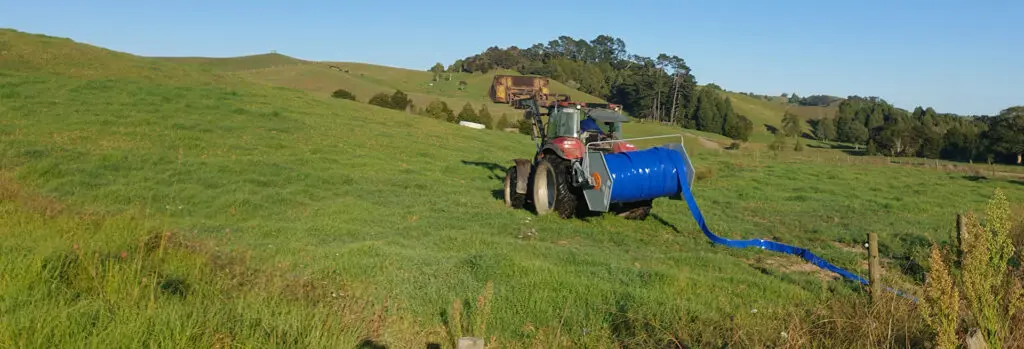
As dairy farming intensifies across the world, the pressure to sustain ever-increasing herd sizes impacts farmers. With supplemental feed prices also on the rise, it’s worth your while to try to get as much out of your pasture as you can. Lets take a look at pasture and why regularly applying fertiliser is so important […]
Effluent Pond Size – Is Bigger Really Better?

Making sure the pond is the correct size helps to ensure efficient and sustainable effluent management. If your pond can’t store enough effluent, you risk over-irrigating your soil, resulting in surface runoff or direct drainage – bad for your soil and plants, and extremely bad if it results in non-compliance. On the other hand, if […]
A Cost Effective Alternative to Pumping Systems

It is often thought that slurry tankers are more expensive than pumps, but this is not normally so. With any pumping system there is also a reticulation system required. Slurry tankers enable you to apply effluent to the whole farm, so to make a full compression you would need to allow for at least 2,000 […]
What is the Value of Effluent for Dairy Farmers?
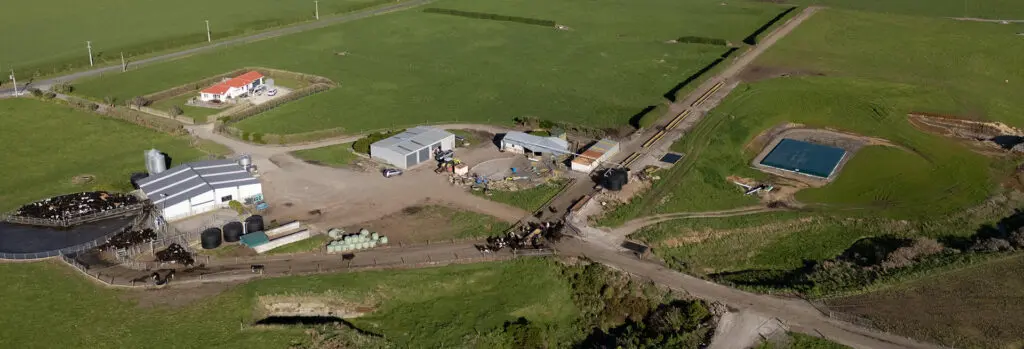
We often have farmers telling us how applying effluent has transformed their farm With pride they show us the lush pasture compared to the starved paddocks that have not had effluent. There is a lot of focus on the nutrient value. This is easily measures so the value most frequently discussed. Although it varies from […]
Be Like Bill – A Bit of Kiwi Ingenuity Goes a Long Way

Bill’s stopped using synthetic fertilisers on his dairy farm, and his cows are happier and healthier than ever…so are his pockets! Bill’s farm in South Taranaki has gone synthetic fertiliser free. Using a little Kiwi inginuity, Bill came up with the idea of connecting a tap to his pond filling station which runs into a […]
Effluent Management: How much storage do you need?

We often get asked how much storage you need for dairy effluent While cows generally tend to produce effluent all year round, the pasture in the ground isn’t always in a position to soak up all the nutrients. This could be due to a number of things, but weather conditions play a big part. If […]
Maximising the Results of Applying Dairy Farm Effluent to Pasture
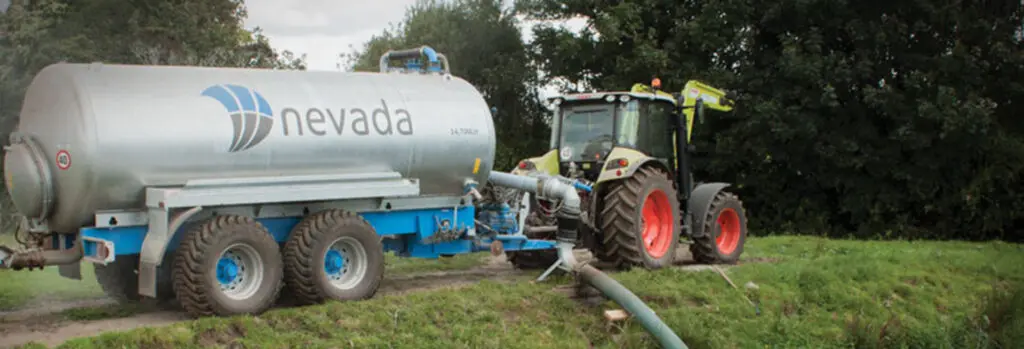
Whether you use a slurry tanker, irrigation pods or travelling irrigator, there are two critical elements when applying farm dairy effluent (FDE) – correct application depth and application area. To ensure maximum response, both must be considered. Where storage is limited, farmers will usually need to apply effluent to the land in spring. If you […]
Slurry Tankers – Low Application of Effluent
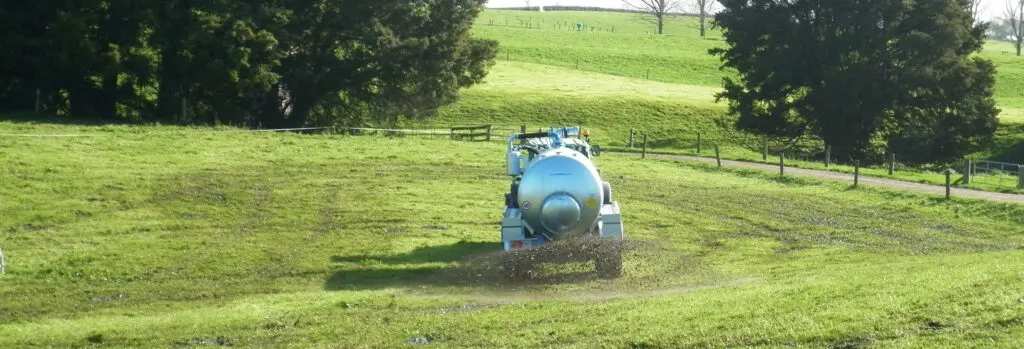
Managing land application of farm dairy effluent has often proved to be a challenge in New Zealand, particularly on wet soils where there is a greater risk of subsequent drainage and overland flow contamination of water bodies by nutrients. Application rates are governed by the width of spread, rate of flow, and travel speed. Rates […]
Working out the Appropriate Size for your Effluent Pond
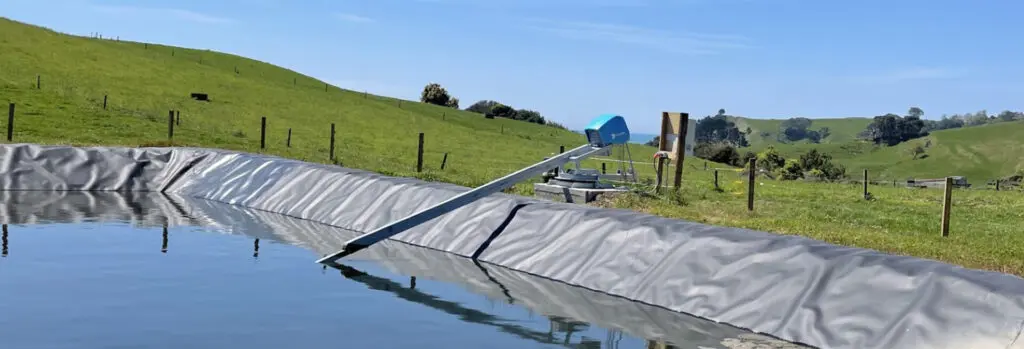
One of the most important first steps in creating the ideal effluent storage and distribution plan for your farm involves deciding exactly what size to make your effluent pond. Making sure the pond is the correct size helps to ensure efficient and sustainable effluent management. If your pond can’t store enough effluent, you risk over-irrigating […]
Slurry Tankers: The Safe Option for Health, Safety and Compliance

Compared to pumping systems, slurry tankers have very low risk of non-compliance. Workers are not exposed to the health hazards – no mist, no wind drift, no heavy lifting Nevada tankers have large hydraulic brakes on all wheels for added security; lights for highway use; durable axle suspension – which prevents jolts and impacts travelling […]
Self Loading – Stop, Drop & Go Slurry Tankers

Slurry tankers – effluent spreading from the comfort of the tractor seat. An auto-fill system can be used to load the tanker from the comfort and safety of the tractor cab. One hydraulic line operates several functions to activate the fast Nevada Ezi-load System. In a sequence of events the arm is lowered (Nevada auto-fill […]


